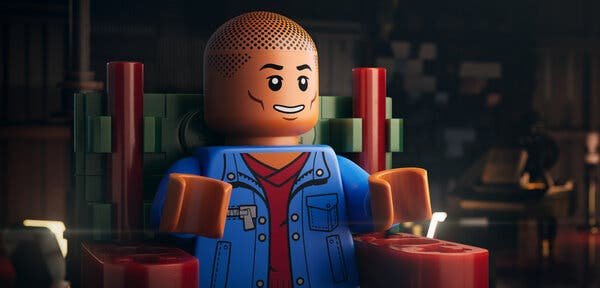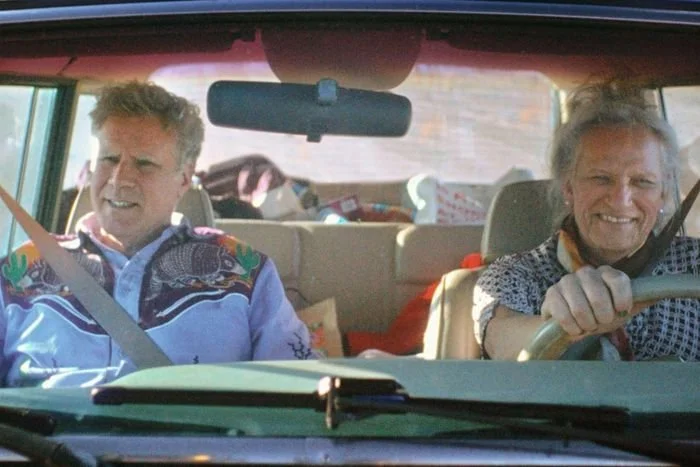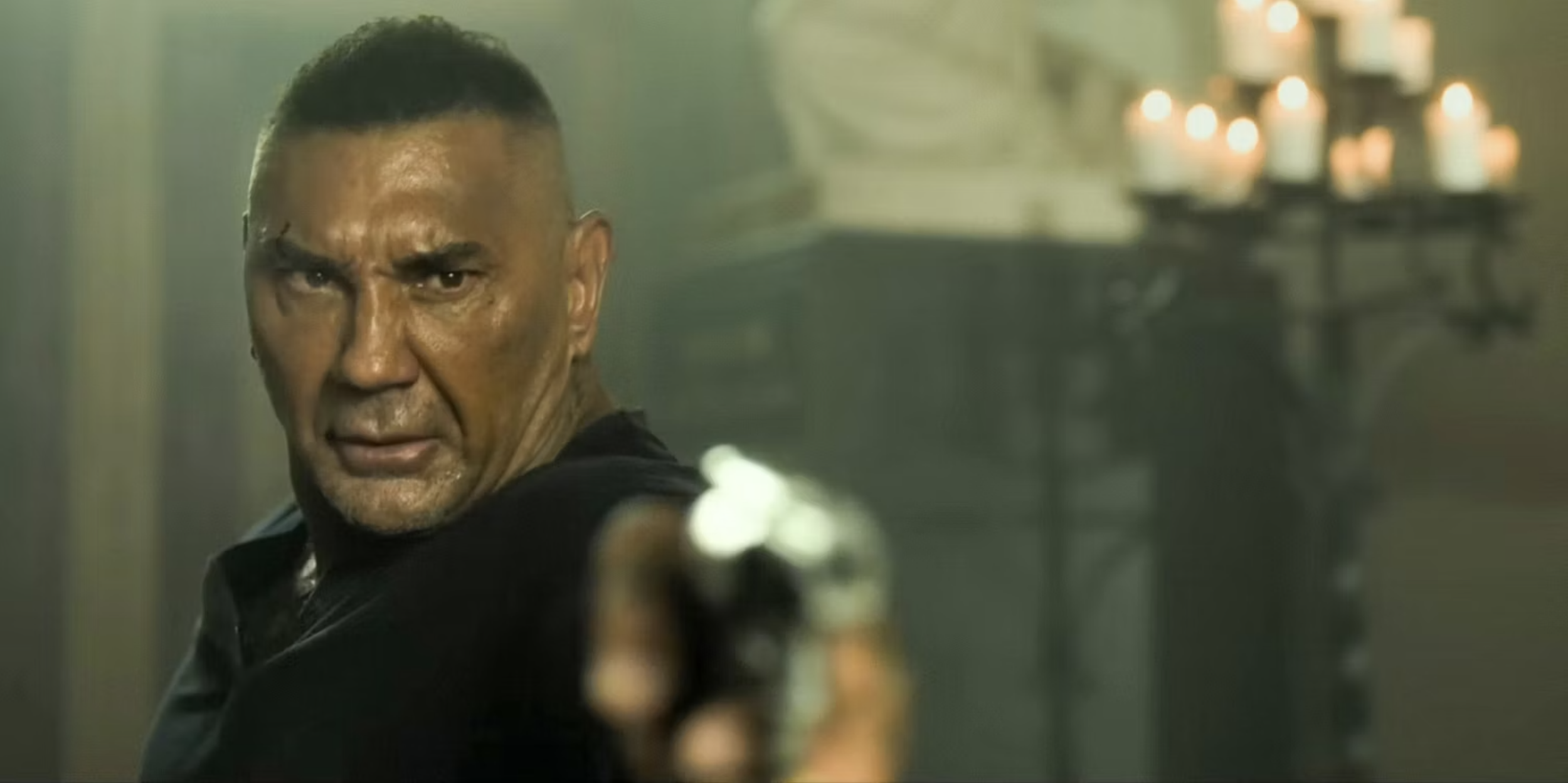PIECE BY PIECE
Directing: B-
Writing: B-
Cinematography: B
Editing: B+
Animation: B+
Pharrell Williams really wants you to know how pleased with himself he is that he wants the documentary about him and his music career to be a LEGO movie. Lego Pharrell comments on it multiple times, on camera.
It’s cute. And undeniably entertaining. It’s also a transparent tactic, a way for Williams to put up a wall between him and his viewers, so we never really get to know him. Piece by Piece is little more than a broad overview of his three-decade career in hip hop and pop, touching on all of the key beats, tracks and singles Williams worked on or released. Quite the parade of superstars he’s worked with appears onscreen as LEGO talking heads (Snoop Dogg, Justin Timberlake, Gwen Stefani, Busta Rhymes, Timbaland, Jay-Z, and countless more, including Chad Hugo, Williams’s other half in The Neptunes), none of them given enough screen time to offer anything in the way of real insight.
I went to this movie already knowing to expect this. But director and co-writer Morgan Neville really won me over in the first half of the 93-minute runtime, employing clever visual flourishes that can only be possible by animating the stories being told. Some great visual gags get sprinkled into the narrative, some of them LEGO-specific: a young Pharrell watching Star Trek attempts the Vulcan salute, only to discover it’s not possible with his cylindrical LEGO hands. Plenty of other whimsical delights pass across the screen, particularly when talking heads throw out a hypothetical aside, such as E.T. freaking everyone out at the mall.
So, for a good while, I was thinking Piece by Piece was actually much more fun than I had been led to believe. The LEGO animation is very colorful and imaginative, making this a singular moviegoing experience, even among documentaries that play with form and genre.
But later, things get genuinely weird, and not necessarily in a good way. Making a big deal out of the fact that Williams’s wife, Helen Lasichanh, is giving her first-ever on-camera interview doesn’t quite mean as much when we only ever see her as a Lego Lady. And when the content turns serious, it’s easy to become ambiguous about the use of LEGO to tell this story. There’s a moment when Pharrell breaks down crying, in gratitude for all the friends and family that stood by him over the years. A LEGO version of Morgan Neville—who gets a surprising lot of screen time—offers him a box of tissue. Seeing this scene play out among LEGO pieces is fundamentally ridiculous and undermines the impact.
And I haven’t even mentioned the LEGO representations of moments of historic import, including the Martin Luther King rally on the National Mall, and even the protests in Ferguson, Missouri. I saw these scenes flash onscreen and thought: okay, this is bonkers. Outside of these visual references, the vast majority of Piece by Piece renders its subjects with the same childlike joy that we’ve seen in nearly all the characters in previous LEGO movies. Their vocal delivery, as sitting interview subjects, indicates their expressions are much more neutral most of the time, and yet their LEGO selves typically speak with some manner of smiles on their faces.
After a while, this stuff creates a unique sort of cognitive dissonance, even more pronounced by the use of this gimmick to create some distance between Pharrell Williams and those who are interested in him. Certainly nothing in Piece by Piece reveals what makes him tick, or even gives much of a sense of who he truly is as a person. The whole exercise feels like an attempt at having his cake and eating it too: he let someone make a movie about him, but he didn’t have to reveal anything genuine about himself. I’d have settled for some insight into how becoming one of the first superstar producers ever to exist really affected him on a deep level, but, no such luck.
In the end, we’ll just have to let Pharrell Williams’s work speak for itself, which it does plenty well with or without Piece by Piece. As I write this, I am listening to the soundtrack, packed with all the biggest hits he produced along with five new tracks, and that is a spectacular experience, highly recommend. This is a man with jaw dropping talent, in a movie animated by people with incredible talent, and the two just don’t much inform each other. At least we get clever gags like “PG Spray” used in the room where Snoop Dogg is interviewed, keeping things family-friendly in a story about a guy your young children don’t likely know or care about.
Clap along if you feel like LEGO’s what you want to do,
Overall: B










